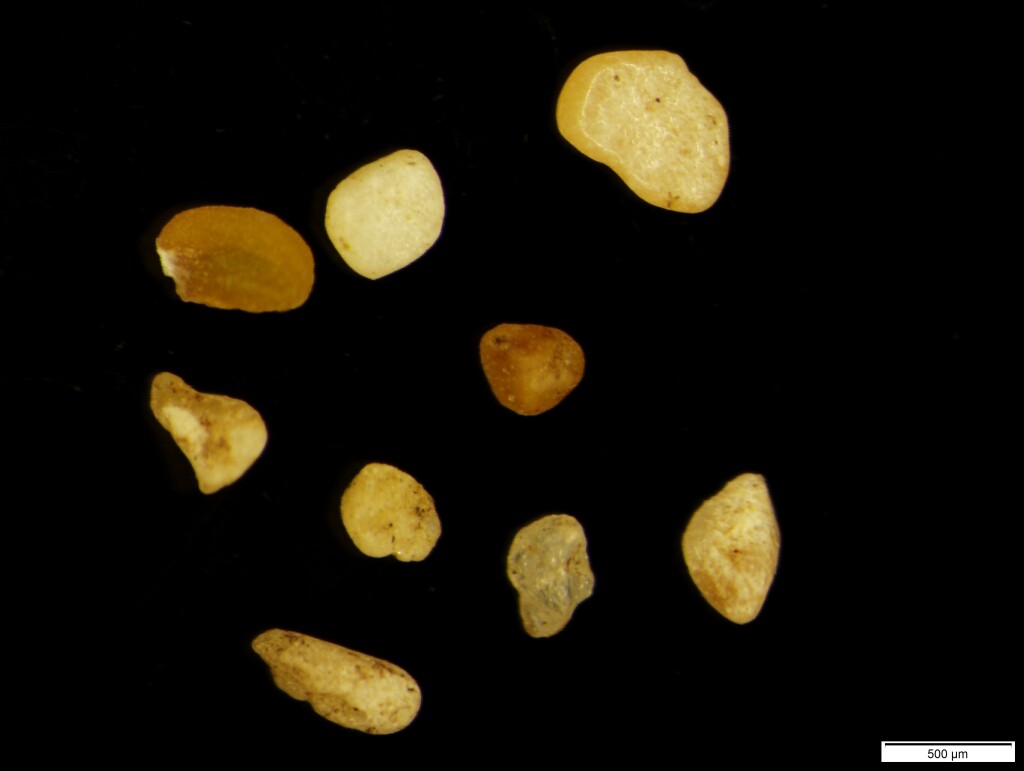Microlepidium pilosulum
Hairy Shepherd's PurseLinnaea 25: 371 (1853)
Taxonomic status
Accepted
Occurrence status
Present
Origin
Native
Degree of establishment
Native
Threat status
FFG:
Critically Endangered (CR)




